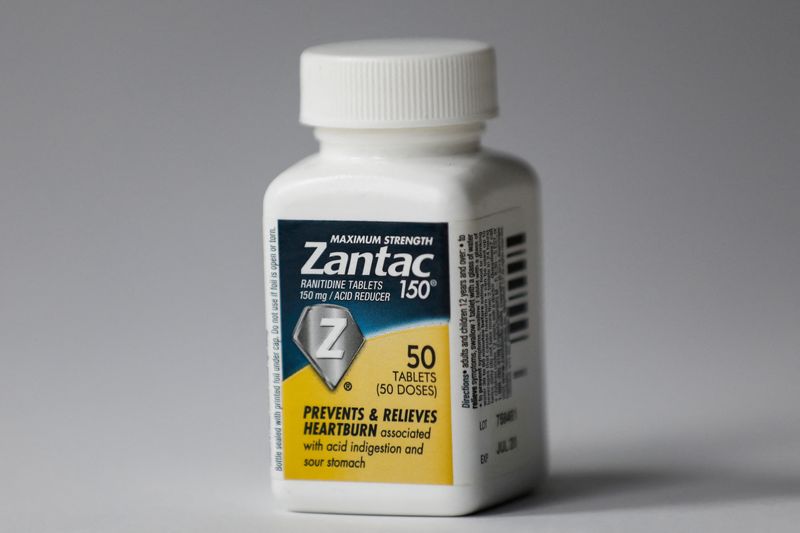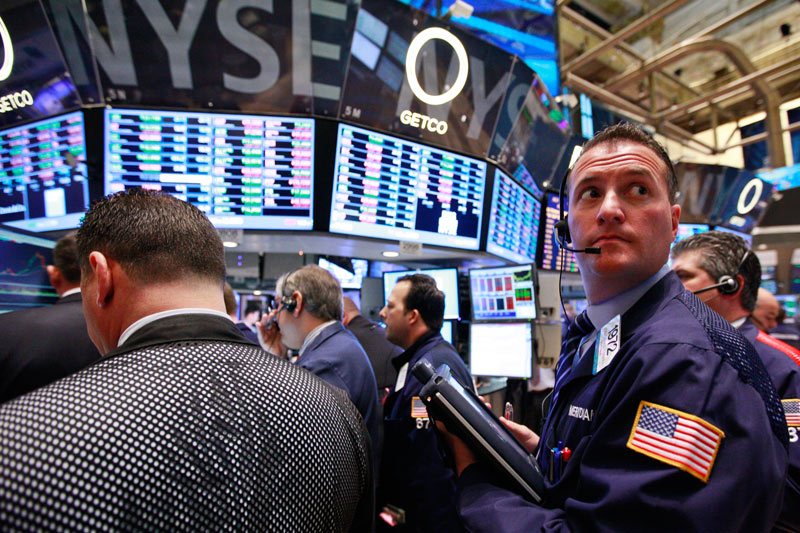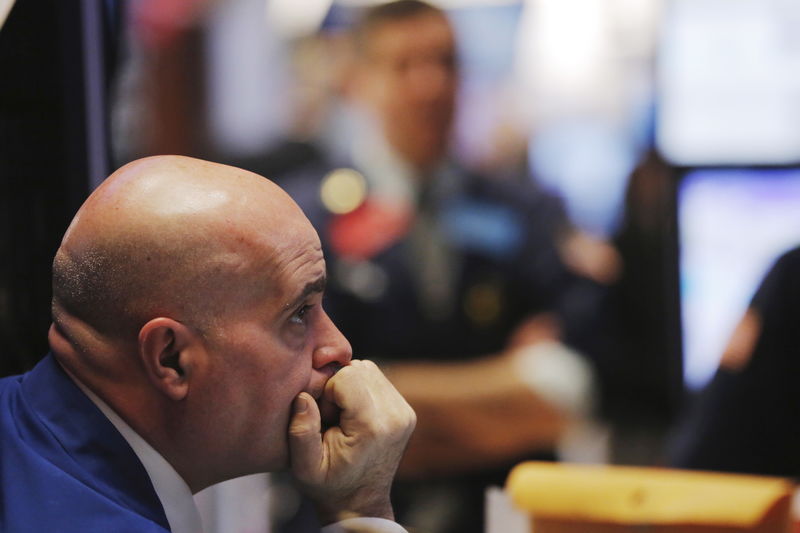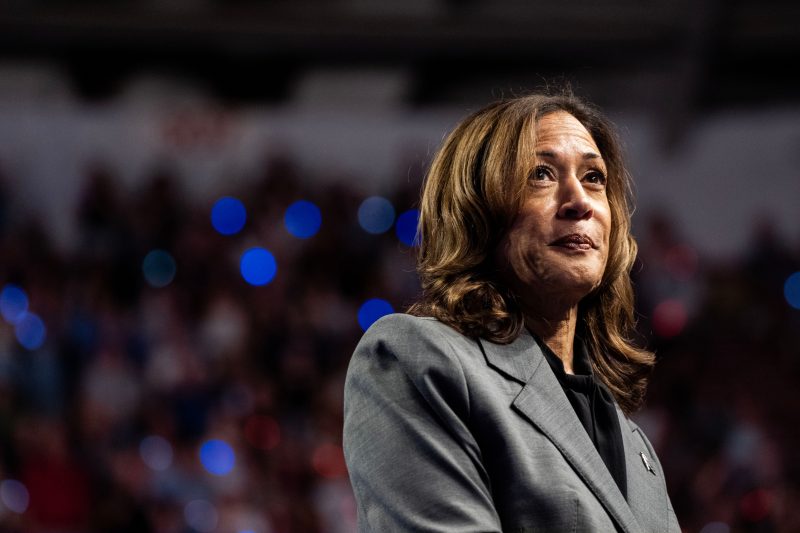Milton threatens to upend shaky Florida homeowners insurance market
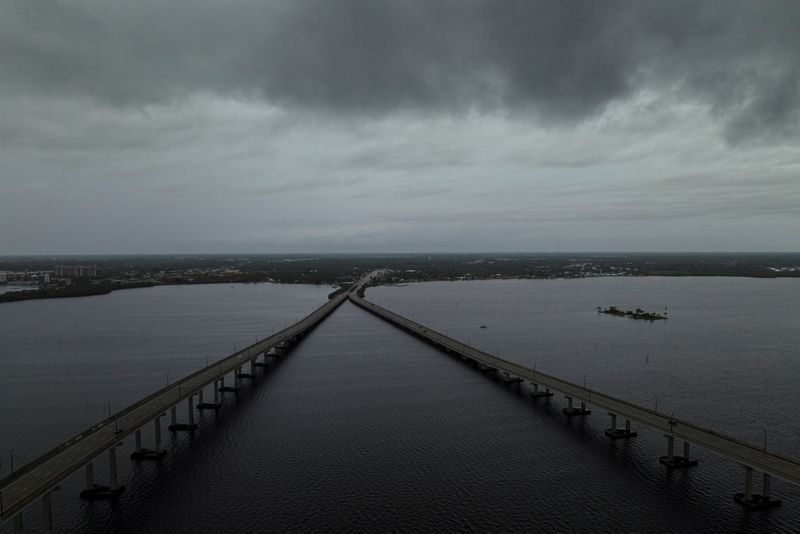
By Andy Sullivan, Matt Tracy and Michelle Conlin
(Reuters) – Hurricane Milton threatens to swamp Florida’s troubled property-insurance market, potentially pushing prices higher and threatening coverage in a storm-prone region that already has the highest insurance costs in the nation.
The mammoth storm, which analysts estimate could cause $60 billion to $100 billion in insured losses, is churning toward a state that has been shunned by national insurers, leaving residents to seek coverage in a market where commercial providers regularly fail or refuse to pay claims.
“These are additional risks that, based on the fundamental principles of insurance, should not be present,” said Martin Weiss, founder of the independent Weiss Ratings analysis firm. “Your insurance company is supposed to be your backup plan.”
On top of that, Floridians could also face additional charges if the state-run insurer runs out of money to pay claims.
U.S. forecasters are describing Milton as a “catastrophic” major hurricane, packing maximum winds of 160 mph (260 kph). It is projected to make landfall in the Tampa Bay area around 2 a.m. EDT (0600 GMT) on Thursday. The low-lying region, home to 3.1 million people, is still cleaning up from Hurricane Helene last month.
Forecasts suggest the damage could be on par with 2005’s Hurricane Katrina, the costliest natural catastrophe in U.S. history, which caused $100 billion in insured losses when it swamped New Orleans.
For the past several years, Florida has been one of the most visible fronts of a nationwide property-insurance crisis that has caused premiums to rise across the U.S. by an average of 31% between 2021 and 2023, according to research by Benjamin Keys of the University of Pennsylvania and Philip Mulder of the University of Wisconsin.
Analysts point to surging inflation and a rise in extreme weather events linked to rising global temperatures. Climate change is fueling more powerful and destructive storms.
HIGH-RISK STATE
Those factors are all at play in Florida, which has led the nation in population growth since 2021 despite a low-lying topography that leaves it vulnerable to rising sea levels and hurricanes. Florida ZIP codes account for 78 of the 80 riskiest areas in the country, according to Weather Source, an environmental risk consultancy.
Some insurers pulled out after Hurricane Andrew in 1992, leaving the market to smaller companies that often lack the resources to sustain significant losses.
Some 41 Florida insurers have declared bankruptcy or otherwise failed since 2003, while only 37 have failed in the rest of the country over that time period, according to public filings. Those that stay in business can be tight-fisted; Weiss Ratings found that six of the state’s largest providers rejected nearly 50% of their claims in 2023, an unusually high figure.
The state set up a nonprofit, Citizens Property Insurance Corp, in 2002 to provide coverage for homeowners who cannot find it through the private sector. With 1.2 million policies in force, it is now the largest provider in the state.
Unlike private companies, Citizens will not run out of money to cover claims, as it has the power to charge policyholders an extra 15% if it runs out of cash.
If that fails to cover the bill, it can add a 10% surcharge to anybody in the state who has taken out any sort of insurance policy at all – from boats to pets to vehicles – whether or not they obtain their coverage through Citizens.
Citizens said in July it had $14.4 billion on hand to cover any losses. “We will always be in a position to pay claims,” spokesman Michael Peltier said on Tuesday.
Collectively, the market has shouldered Florida homeowners with average insurance costs of $4,060 last year, nearly $1,000 higher than any other state, according to Keys’ data. Those figures many not include the cost of flood insurance, which is typically purchased separately.
Average premiums rose 57% between 2019 and 2023, a steeper rise than anywhere else.
SCALING BACK COVERAGE
Karyn Roeling, president of Seibert Insurance in Tampa, said those spiraling costs have prompted some of her clients to scale back coverage or opt to go uninsured.
While banks require people who have mortgages on their homes to carry insurance, it is not mandatory for those who do not owe money on their property.
Roughly one in 13 homeowners in the United States is uninsured, according to the Consumer Federation of America, with Black, Hispanic and Native American households more likely to lack coverage.
State officials and industry trade groups say the market has stabilized over the past year, thanks to legal reforms that cut back on what they characterize as frivolous lawsuits and questionable claims.
Citizens has been able to reduce its exposure by transferring hundreds of thousands of policies to private providers, according to state data.
A damaging hurricane could spook private insurers that have begun to return to the Florida market.
“Rates are going to continue to just go up and up, insurers could go bankrupt and Citizens will be on the hook to pick up that much more of the slack,” said Sam Boyd, a Sotheby’s real estate adviser in Melbourne, Florida.
But others note that real-estate prices have continued to rise despite the state’s exposure to extreme weather, and they doubt Milton will dull Florida’s appeal.
“In a couple months, once the weather gets nice, people are going to start coming down, sight unseen,” said Bruce Loren, a Palm Beach lawyer who specializes in high-end real estate.
